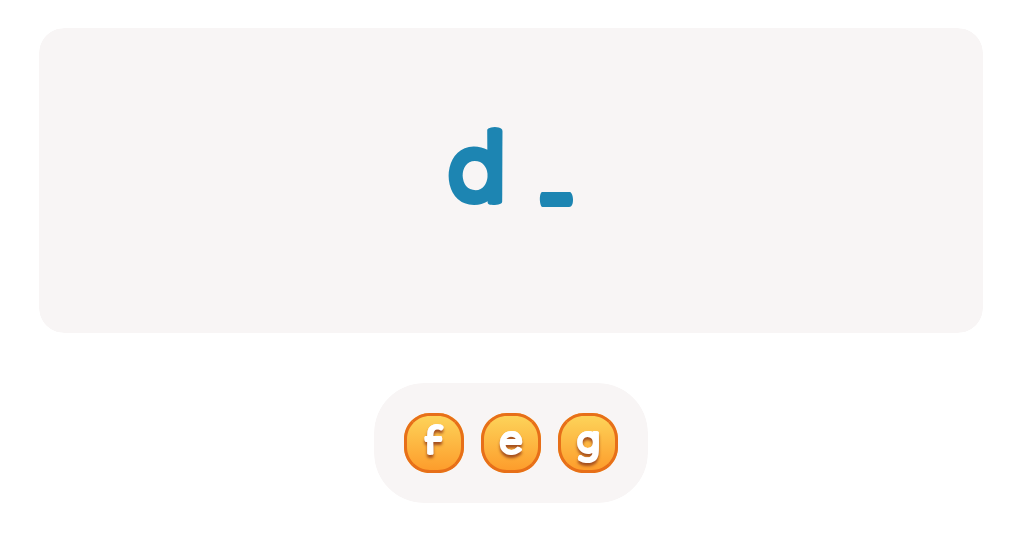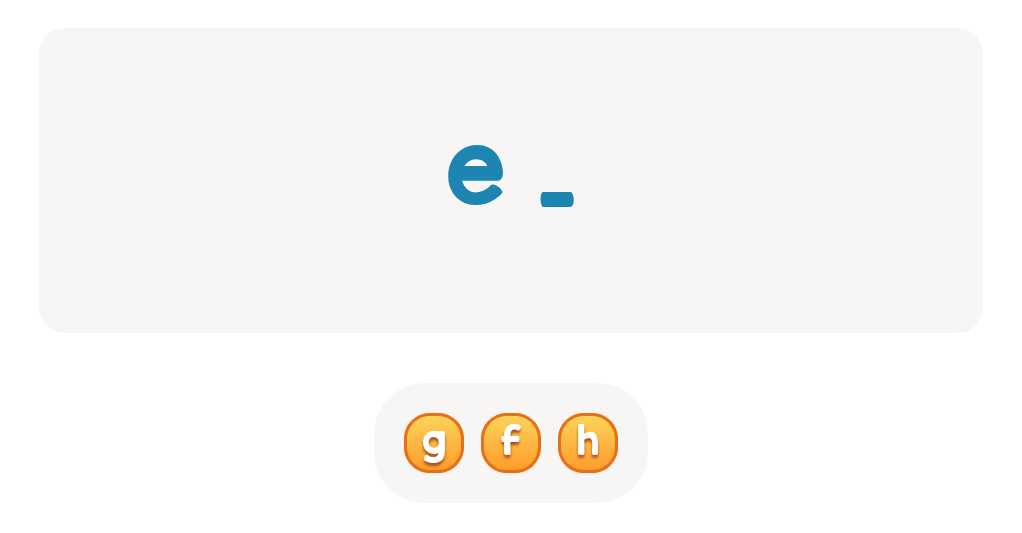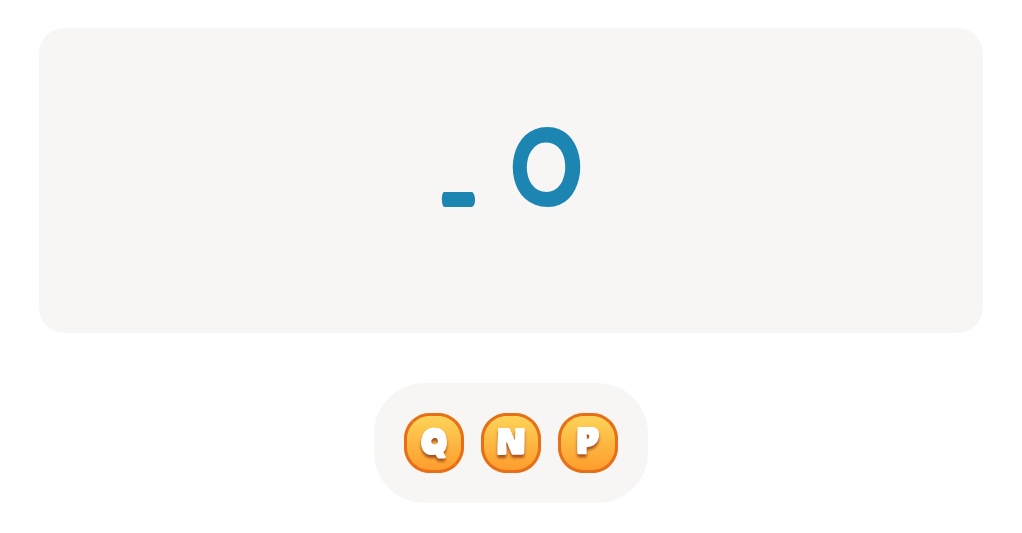Letter tracing skills Normal ABC Letters Worksheets for Ages 5-9
3 filtered results
-
From - To
Boost your child's writing skills with our engaging "Letter Tracing Skills Normal ABC Letters Worksheets," specifically designed for ages 5-9! These user-friendly worksheets help young learners develop fine motor control and letter recognition while tracing uppercase and lowercase letters. With a variety of fun activities, your child will gain confidence in their writing abilities while enjoying the interactive learning process. Perfect for homeschooling or as supplementary materials, these worksheets ensure that learning is both effective and enjoyable. Encourage your child's literacy journey today with our delightful letter tracing resources! Explore our collection and watch your child’s skills flourish!
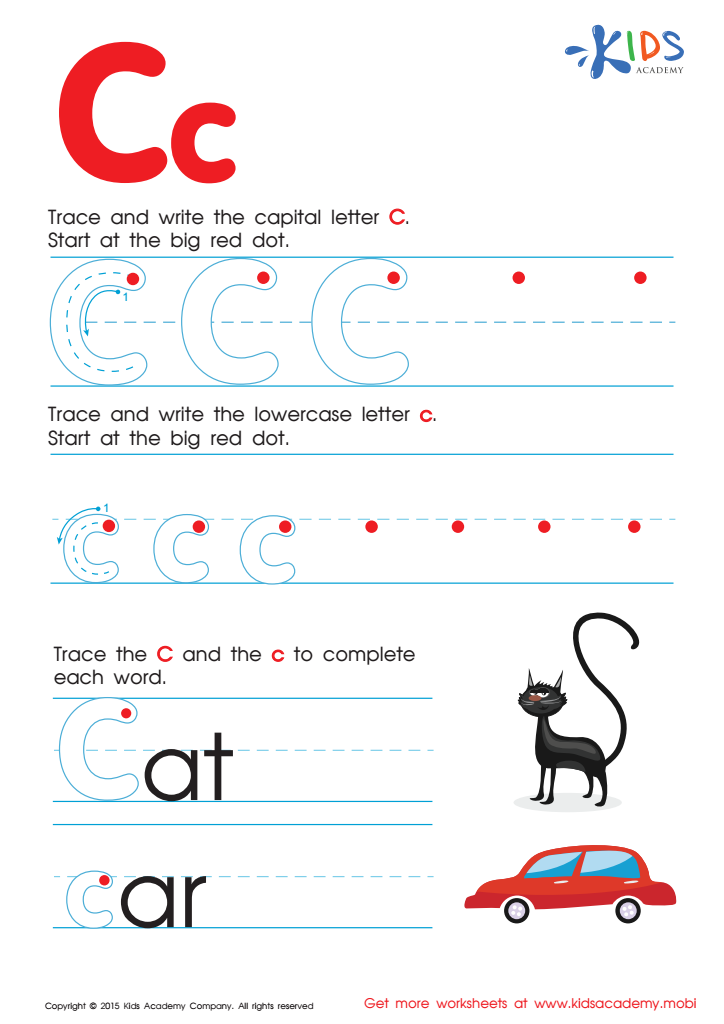

Letter C Tracing Page
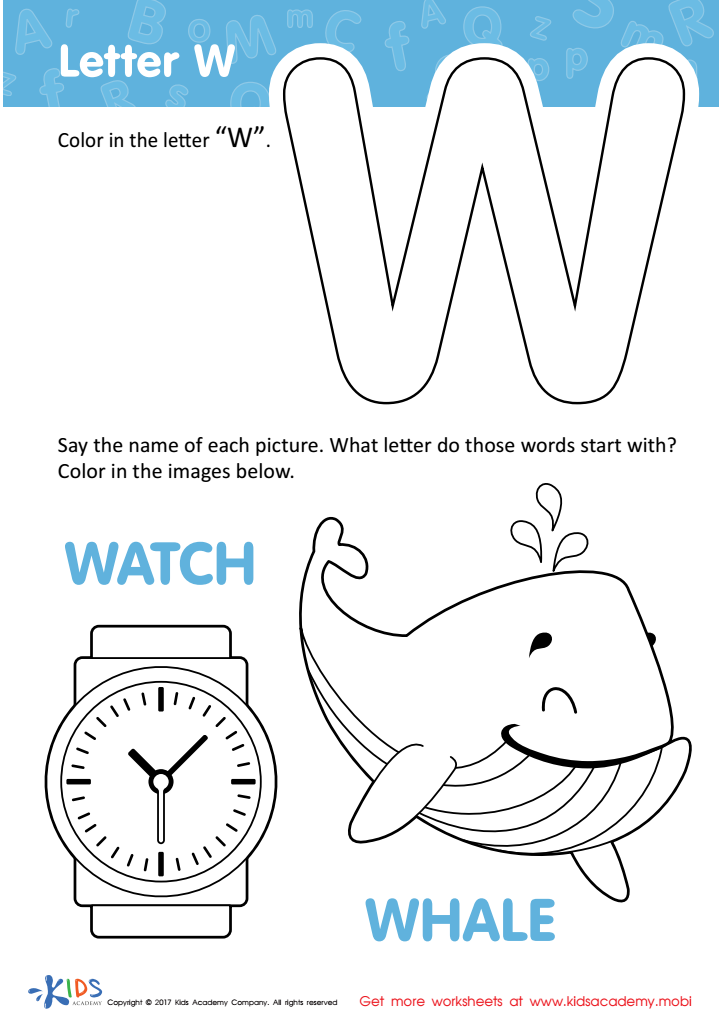

Letter W Coloring Sheet
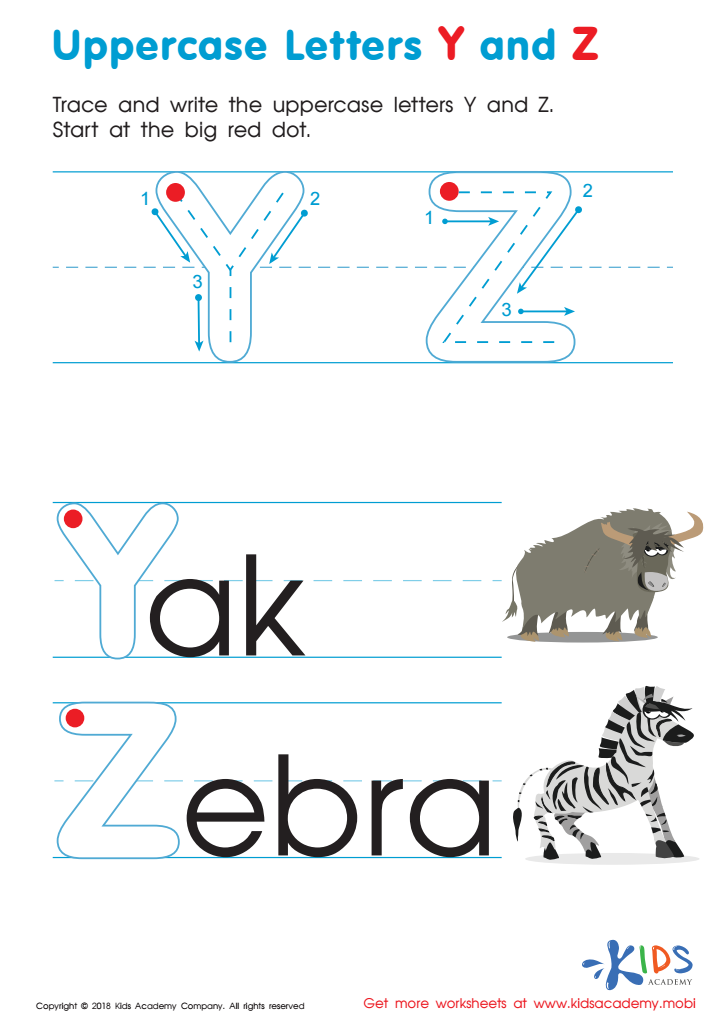

Uppercase Letters Y Z Worksheet
Letter tracing skills are crucial for young learners aged 5-9, as they lay the foundation for effective writing and literacy development. At this age, children are still honing their fine motor skills, and letter tracing helps strengthen these through repetitive motion. Tracing letters allows them to develop proper grip and hand control, essential for writing confidently and legibly.
Parents and teachers should care about this skill because it not only enhances handwriting but also fosters cognitive skills. Tracing helps children recognize letters, understand their shapes, and associate them with sounds, facilitating phonemic awareness crucial for reading. As children trace, they engage in kinesthetic learning, reinforcing their memory and paving the way for future literacy skills.
Additionally, playful tracing activities can make learning enjoyable, capturing the attention of young minds and reducing frustration often associated with writing challenges. Encouraging this practice promotes patience and persistence, as children see measurable progress in their abilities. Ultimately, strong letter tracing skills contribute not just to improved writing, but also to greater confidence in children as they embark on their educational journey. By fostering these skills, parents and teachers pave the way for children’s long-term success in literacy and communication.
 Assign to My Students
Assign to My Students


